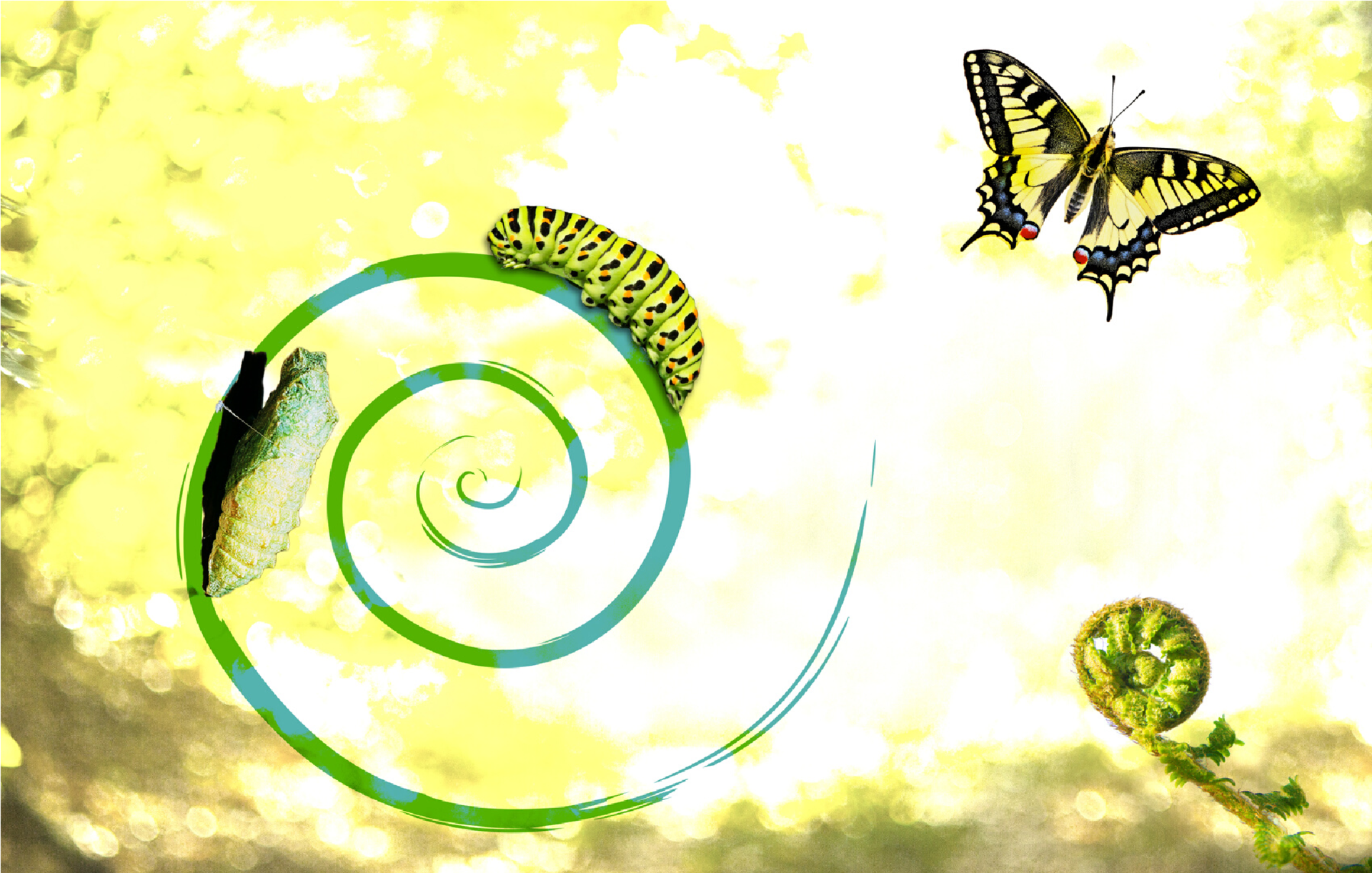First off, perhaps it is useful to explain what we mean when we speak of data lifecycles. A data lifecycle refers to the different phases data passes through from cradle to grave, or, in some cases, as it "rises from the grave" for continous reuse, perhaps then re-entering yet another lifecycle. Thinking about your data in terms of a lifecycle can help you to envision the various stages you will have to plan for in the creation of a data management plan. A variety of attempts have been made at describing data lifecycles, and not all of them are necessarily appropriate to all data management situations. For the purpose of this guide, we will primarily focus on "The Research Life Cycle" created by the University of Virginia Library's Scientific Data Consulting Group.
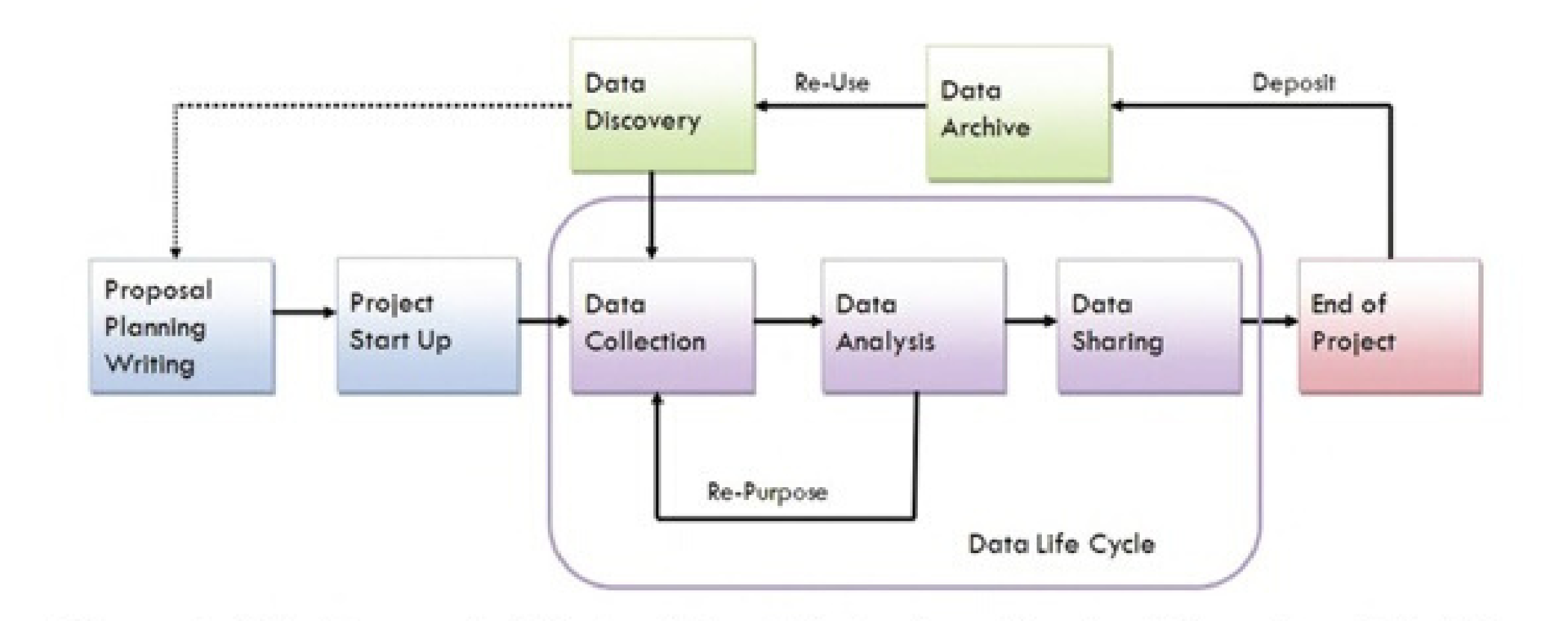
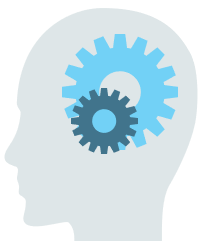
With this lifecycle, the "cradle" is represented by the early stages of project development: planning and writing your research proposals, be it for ethics board approval or grant funding. This is also the stage at which you create your initial data management plan, which is sometimes a requirement of funding agencies. If you have a depository in mind for long-term data storage, you will want to contact them for advice at this stage. A solid data management plan can also help push your project through the ethical clearance process more quickly.
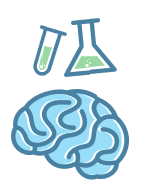
Once funding and ethical clearance are procured, the project begins. At this stage, staff are hired and specific designations about who will be handling data should be made. Data then moves into the active collection phase. This is also the stage where one will want to ensure someone is structuring the data in a uniform way and that they perform routine quality checks

As the study progresses to the data analysis phase, researchers may "re-purpose" their data and return to data collection as needed. One example of moving back and forth between the data collection and data analysis phase is piloting. While piloting a study, you may also perform analysis on pilot data and then return to data collection prior to the actual analysis phase.
Following analysis, data moves into the sharing phase. This not only  includes dissemination of the findings but also preparing data for sharing and archiving, which is also required by some journals. At this stage you may also secure a persistent identifier, such as a DOI, for your dataset, which enables researchers who have the identifier to find your data (but access is not necessarily granted).
includes dissemination of the findings but also preparing data for sharing and archiving, which is also required by some journals. At this stage you may also secure a persistent identifier, such as a DOI, for your dataset, which enables researchers who have the identifier to find your data (but access is not necessarily granted).
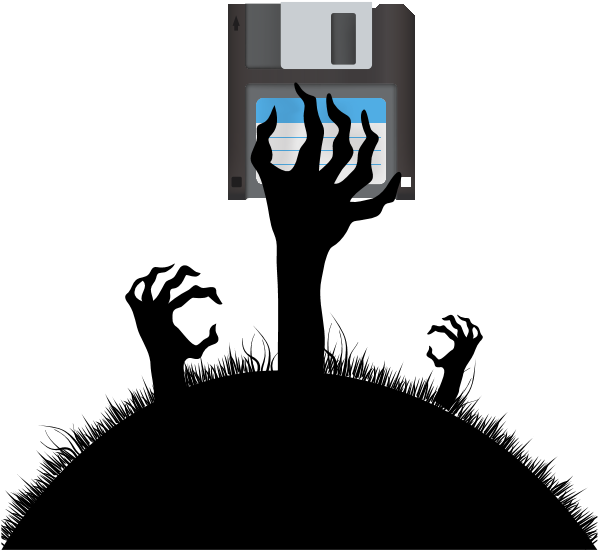
At the end of the project, the data may be submitted to an archive that is common to use in your field, or a national data archive (see below). Here, your data may be discovered by other researchers and requested for reuse, or you yourself may want to use that data again on another project. This brings a researcher either back to the planning stage, or perhaps, when combined with other data in an existing study, the data re-enters a data collection phase. Either way, the data has been "resurrected".
Another excellent visualization of data life cycles and the steps involved in each phase is that developed by University of Michigan, below.
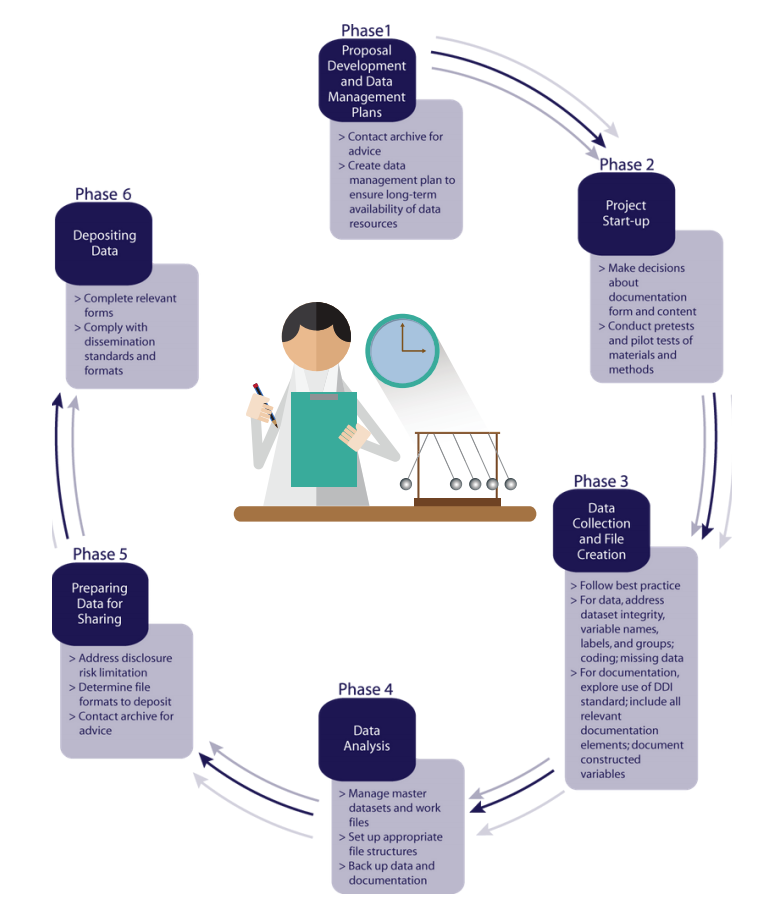
A simple visualization of "the value chain for digital research data" has been provided by Forskningsrådet (2017):

The visualizations of possible data lifecycles shared in this guide are just a few examples. Which data lifecycle is the best "fit" will vary by project. You may want to pick one that best represents your needs and keep it in mind throughout your data management planning process.
Other data life cycle examples:
http://www.dcc.ac.uk/sites/default/files/documents/publications/DCCLifecycle.pdf https://www.dataone.org/best-practices https://ddialliance.org/training/why-use-ddi
